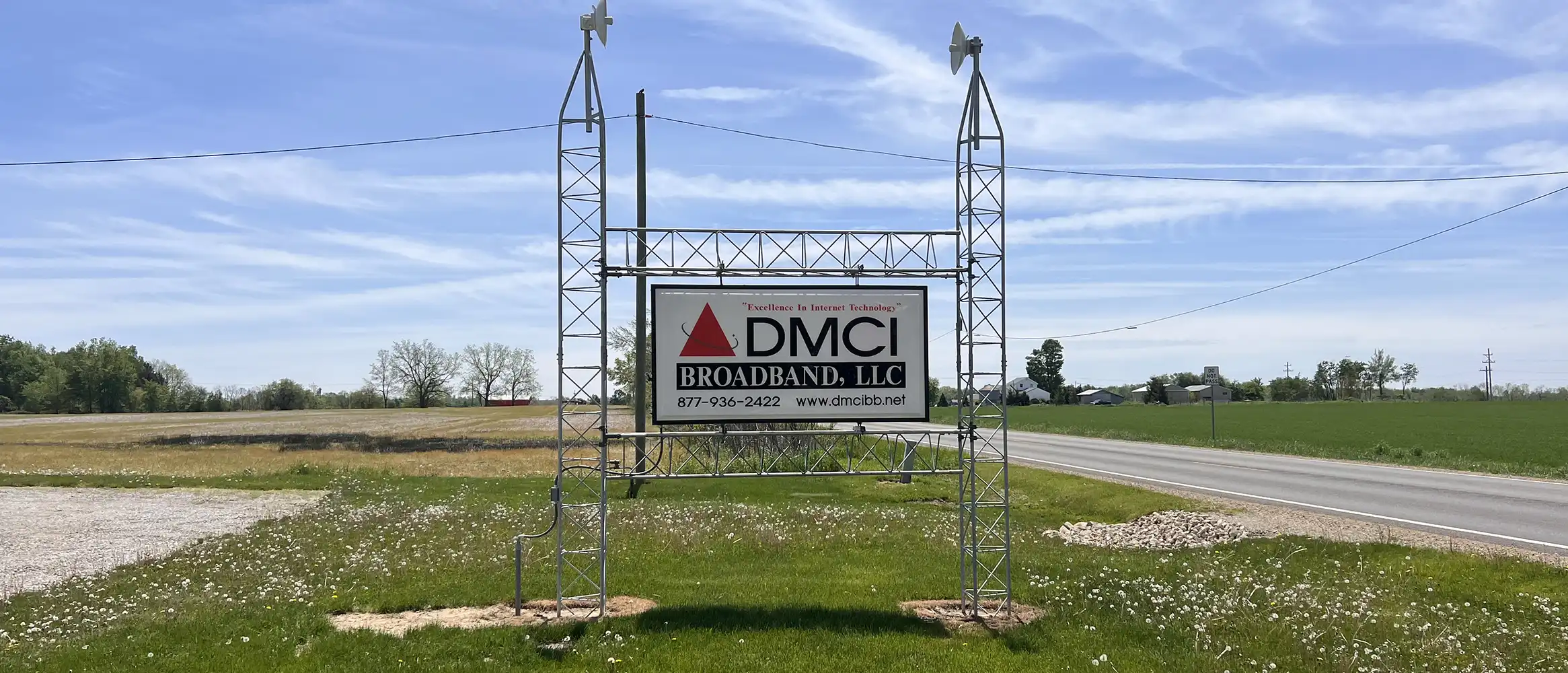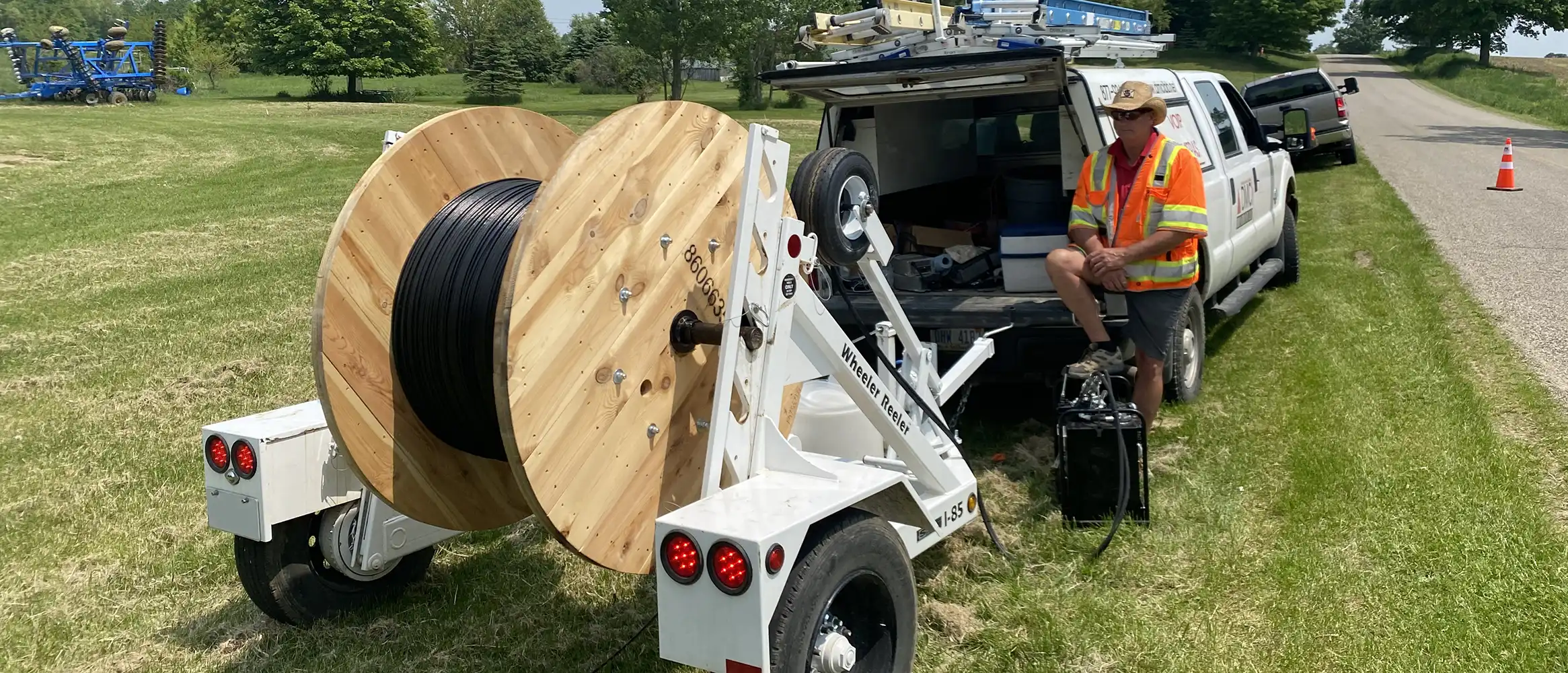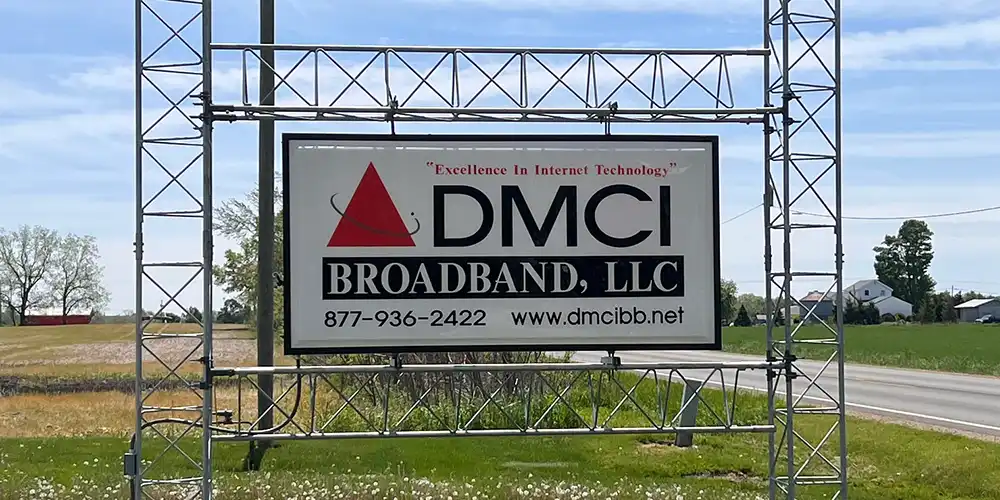Fiber
Installation
Fiber optic internet depends on an extensive network of underground fiber-optic cables. DMCI Broadband is currently installing our own, devoted fiber network.
This is what our installation process looks like.




Expect to see digging and flags in easements.
First, we plan out our routes and request approval to begin construction. Cursory construction and engineering studies are performed to determine the best route for our fiber-optic network.
Expect to see specialized digging equipment.
Next, we start inserting tubes for the fiber-optic cable into the ground along the routes we've planned. This is done by boring machines that drill underground and pull the tubes through. We will also install handholes and vaults along the route to allow for easy access to the fiber-optic cable.
Expect to see black reels of cable.
Once all the tubes are prepared along the route, we will start blowing fiber-optic cable into the tubes. This is done by a machine that uses compressed air to push the cable through. Once the cable is in place, we will splice the fiber-optic cable together and connect it to our network.
Expect to see work trucks and vans.
Once construction is complete, we will restore the easements to their original condition. This includes filling in any holes and reseeding the grass. We will also remove any flags or markers that were used during construction.
Installation FAQ
In short, it's an agreement between you and your local government that allows us to install and maintain our fiber-optic network in a small strip of land beside the road. This easement is typically 10-15 feet wide and is located between the road and your property line. It's important to note that while easements grant specific rights to DMCI while installing our network, the property owner retains ownership and control over the land. Easements are typically recorded in public records to ensure their enforceability and to provide notice to future property owners or interested parties.
An easement is a legal right granted to an individual or entity to use or access a specific portion of another person's property, typically for the construction of utilities. It allows DMCI to have limited rights or privileges over the property, without actually owning it. Easements are established through legal agreements, such as easement deeds or contracts, and they are recorded in the property's official records.
Once DMCI has acquired the proper permits and has established a legally valid plan for the purpose of building a network on your property's easment, we are allowed to use your property within the boundaries specified in the easement agreement. The terms and conditions of the easement would outline the rights and limitations of DMCI's access and use of your property.
It's important to review the specific terms of the easement agreement to understand the extent of DMCI's rights and the impact it may have on your property. The agreement should detail the purpose of the easement, the area of your property that is affected and any limitations or restrictions on DMCI's activities.
If the flags and markers were placed by DMCI or any other entity conducting construction or utility work on your property or nearby, it is generally recommended to keep them in place until the work is completed. Removing them prematurely could potentially disrupt or interfere with the ongoing activities and may not be permitted for safety or operational reasons. It is best to consult with the responsible party or project manager to confirm when it is appropriate to remove them.
If you have something in your easement that may be at risk of being struck during digging or construction activities, it is crucial to take proactive steps to ensure its protection. Here's what you can do:
Notify the Construction Crew or DMCI: Contact the construction crew or contact DMCI directly and inform us about the presence of the item or structure in the easement area that may be at risk. Provide us with clear and specific details about the location and nature of the item to help us take necessary precautions.
Provide Documentation or Evidence: If possible, provide any relevant documentation or evidence that supports your claim about the presence of the item. This can include surveys, photographs, or any official records that establish the existence and significance of the item in question.
Remember, swift and clear communication is crucial in such situations to prevent potential damage. By notifying the construction crew or DMCI early on and requesting protective measures, you can minimize the risk and ensure the preservation of the item in your easement.




